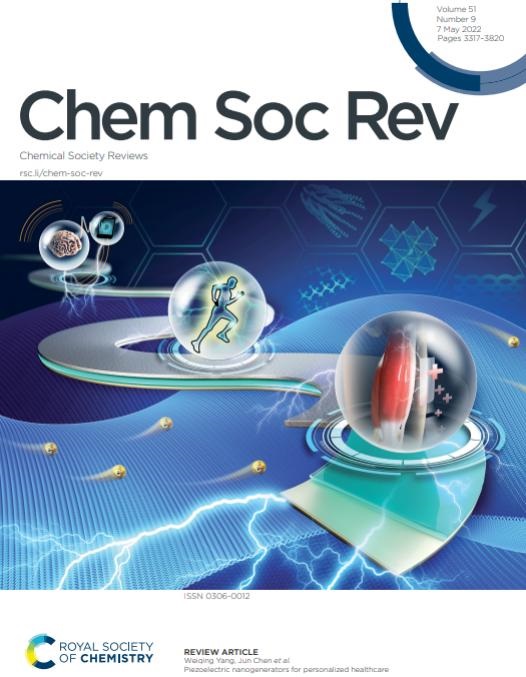Modern organic transformations: heterogeneous thermocatalysis or photocatalysis?
IF 40.4
1区 化学
Q1 CHEMISTRY, MULTIDISCIPLINARY
引用次数: 0
Abstract
Organic transformation driven by heterogeneous catalysis is of crucial significance in both fundamental research and modern industrial production of fine chemicals. Thermocatalysis offers excellent applications due to its high activity and excellent scalability, yet still faces significant challenges toward the goals of high efficiency, energy-saving and sustainability. Recently, photocatalysis has emerged as a promising alternative for addressing these issues in a green and economical manner. In practice, the selection of an appropriate catalytic system is a critical factor that can influence the chemical process on multiple levels significantly. In this review, we aim to present a tutorial demonstration about the critical comparison between thermo- and photocatalytic terms for organic transformation. We begin by outlining the basic principles in thermo- and photocatalytic fundamentals, together with summarizing the general advantages and disadvantages of each. Subsequently, given the high sustainability and potentiality exhibited by the photocatalytic process, we present its representative applications including oxidation, reduction, coupling, and cleavage series. The general reaction conditions and activities observed in thermocatalysis for similar reactions are also introduced for comparison. The understanding of reaction mechanisms and the resulting regulations toward activity and selectivity are specifically discussed. Finally, future perspectives of heterogeneous photocatalytic terms for practical applications are elucidated.

现代有机转化:多相热催化还是光催化?
多相催化有机转化在精细化工的基础研究和现代工业生产中都具有重要意义。热催化以其高活性和良好的可扩展性提供了良好的应用前景,但在实现高效、节能和可持续发展的目标方面仍面临着重大挑战。最近,光催化已成为解决这些问题的绿色和经济方式的一个有希望的替代方案。在实践中,选择合适的催化体系是一个关键因素,可以在多个层面上显著影响化学过程。在这篇综述中,我们的目的是提供一个关于有机转化的热催化和光催化条件之间的关键比较的教程演示。我们首先概述了热催化和光催化的基本原理,并总结了它们的一般优点和缺点。随后,鉴于光催化过程所表现出的高可持续性和潜力,我们介绍了其代表性的应用,包括氧化,还原,偶联和解理系列。本文还介绍了类似反应的一般反应条件和热催化活性,以供比较。具体讨论了对反应机理的理解以及由此产生的对活性和选择性的调节。最后,展望了多相光催化术语在实际应用中的应用前景。
本文章由计算机程序翻译,如有差异,请以英文原文为准。
求助全文
约1分钟内获得全文
求助全文
来源期刊

Chemical Society Reviews
化学-化学综合
CiteScore
80.80
自引率
1.10%
发文量
345
审稿时长
6.0 months
期刊介绍:
Chemical Society Reviews is published by: Royal Society of Chemistry.
Focus: Review articles on topics of current interest in chemistry;
Predecessors: Quarterly Reviews, Chemical Society (1947–1971);
Current title: Since 1971;
Impact factor: 60.615 (2021);
Themed issues: Occasional themed issues on new and emerging areas of research in the chemical sciences
 求助内容:
求助内容: 应助结果提醒方式:
应助结果提醒方式:


